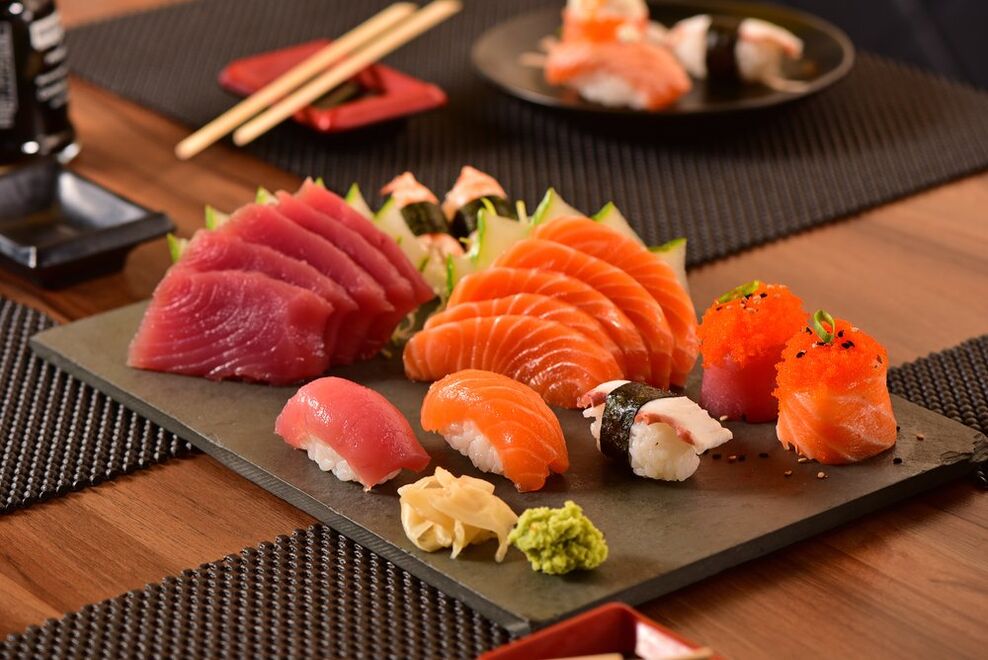It's no secret that different countries have their own culinary habits and preferences. Japanese cuisine attracts many people, because among the inhabitants of the Land of the Rising Sun there are practically no overweight people. The location near the sea left its mark on the diet, but rice was and still is the most important cereal crop here. The 14-day Japanese diet has the exact menu, which includes these products, and the rest of the nutritional system has nothing to do with it.
Japanese eating habits
These "small" and very hardworking people mainly eat seafood. Access to the sea provides their protein needs, they get along well with fish and other marine life. The Omega polyunsaturated fatty acids in them prevent many cardiovascular diseases and reduce the risk of death from heart attack and stroke. This was confirmed by scientists from Tufts-New England Medical Center, Boston, USA. Everyone knows the Japanese love of sushi and rolls, and the country very often puts seaweed on the menu.
Fermented foods, which they have been preparing for more than a thousand years, greatly contribute to their weight loss and maintenance. But even if you can't use traditional miso, you can easily substitute sauerkraut. Their traditional menu does not include sweets, cakes and pastries. In this country, desserts are eaten in very modest quantities, so those intrigued by the Japanese diet will have to give them up. But what should accompany almost every meal is tea. Chinese scientists from Zhejiang University have shown that matcha tea extract has a positive effect on antioxidant status, lipid and glucose levels in a high-fat diet.
What foods can you include in your diet?

The Japanese diet has nothing to do with the rigid food systems that pervade the Internet. Why starve yourself when you can create a complete and affordable menu with seafood and fish, eggs, rice, fruits and vegetables. If desired, you can include in the diet and meat, but only lean varieties - chicken breast, beef, veal, rabbit. It is better to bake, boil or steam, because frying as a cooking process is not characteristic of Japanese culture and it has long been proven that it is not healthy.
Here is a sample menu for the day:
- for breakfast, bread with cheese and tea;
- the second breakfast includes fruit, such as bananas;
- lunch cooked vegetable soup and steamed fish;
- for an afternoon snack, rice porridge;
- Prepare a seafood salad for dinner.
The Japanese diet lasts 14 days. During this phase, you can lose from 1 to 5-7 kg, depending on how much weight the person starts exercising. Of course, you should first consult a specialist, especially with diseases of the digestive tract. They may be recommended to include fermented milk drinks in the menu more often - fermented baked milk, kefir, yogurt, but only choose natural ones with a short shelf life.














































































